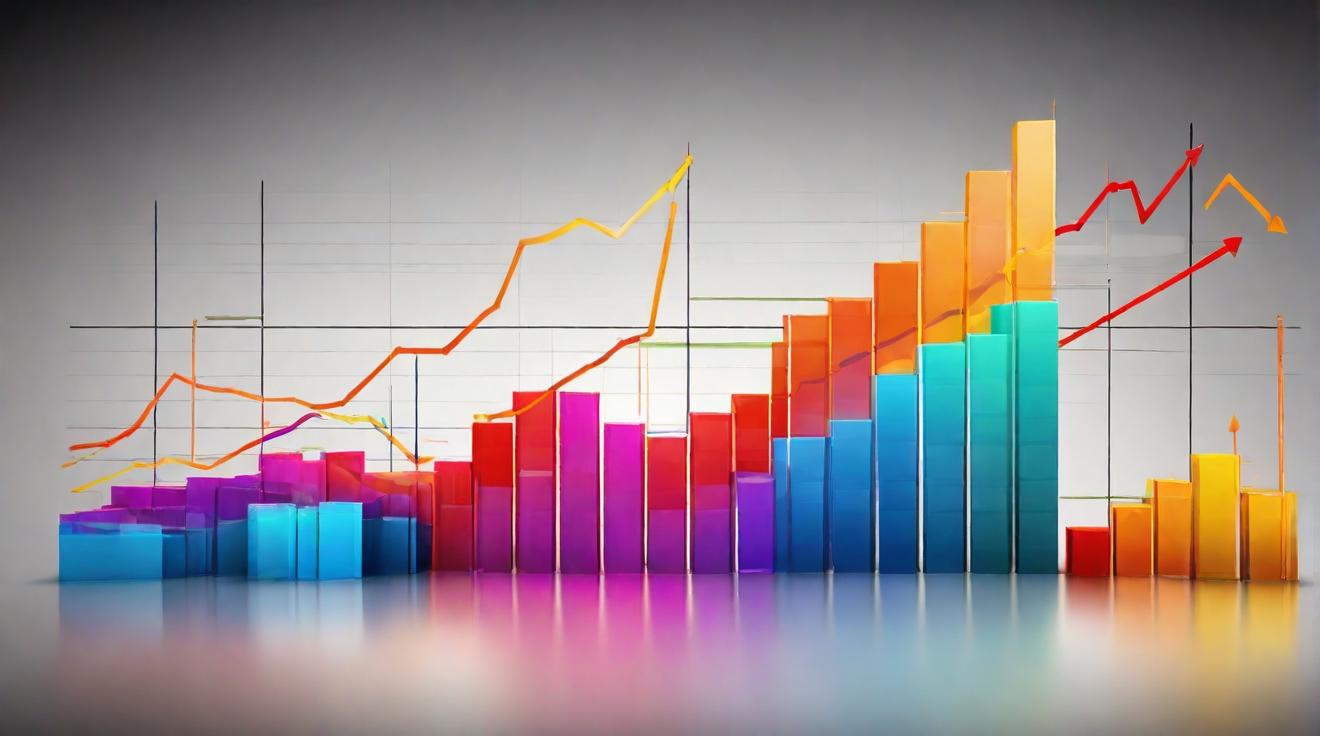The State of American Consumers
When it comes to understanding the economic health of a country, keeping an eye on consumer spending is crucial. As Walmart's CFO, John David Rainey recently highlighted, consumers remain "discerning" but are not falling into financial distress. This suggests that while they may be cautious, they are still spending on essentials, contributing to economic stability. Such spending is vital as it accounts for about 68% of the GDP.
Retail Sales: A Mixed Bag
Walmart's recent financial results, showing a 4.8% rise in net sales, coupled with a 4.2% growth in U.S. same-store sales, reflect a healthy consumer base. The Census Bureau echoed this with data showing a 2.7% year-over-year growth in July retail sales, setting a record at $709.7 billion. However, this growth is plateauing, indicating a potential slowdown in consumer enthusiasm.
Economic Cooling: A "Goldilocks" Moment?
The economy is cooling, but this is not a bad thing. With inflation rates stabilizing and unemployment claims decreasing, we seem to be entering a "Goldilocks" period where economic growth is steady but not overheated. This stability may help the stock market as modest sales growth translates into more significant earnings due to operating leverage.
Inflation and Consumer Prices
Inflation is calming, with the Consumer Price Index (CPI) increasing by only 2.9% in July, down from June's 3.0%. Core CPI, which excludes food and energy, also saw a minimal rise. These figures are encouraging as they are close to the Federal Reserve's target rate of 2%, suggesting that price stability is within reach.
Consumer Sentiment and Spending
Interestingly, while spending remains strong, consumer sentiment is mixed. University of Michigan surveys show improved expectations for personal finances, yet political uncertainties affect this sentiment. Although sentiment varies, consumers continue to spend, driven by stable employment and wage growth.
Housing Market Trends
The housing market shows mixed signals. Mortgage rates are trending lower, encouraging homebuyers, but homebuilder sentiment has declined due to affordability concerns. Despite this, mortgage applications have risen, indicating a slow yet steady reentry of buyers into the market.
Conclusion
Overall, while there are challenges, American consumers are navigating through them without significant downturns. The "Goldilocks" scenario of moderate growth and stable inflation suggests a strong foundation for future economic activity. For investors, understanding these patterns is crucial as they navigate the financial landscape.













